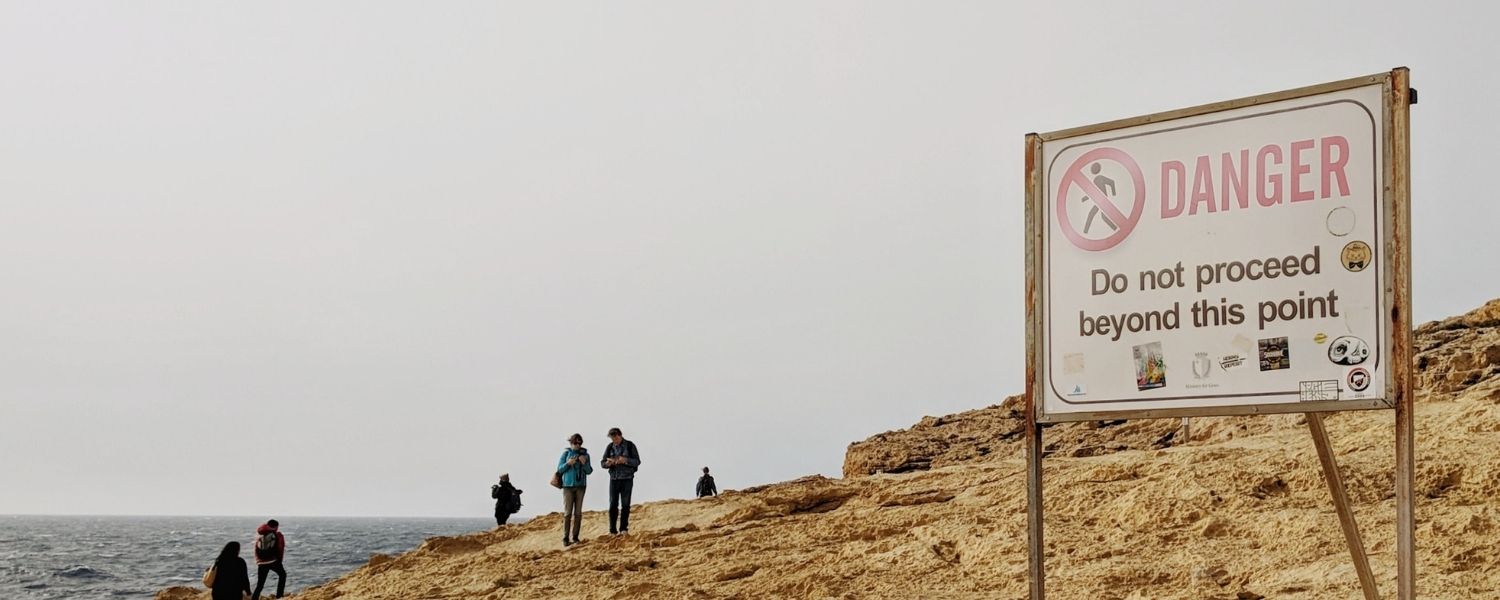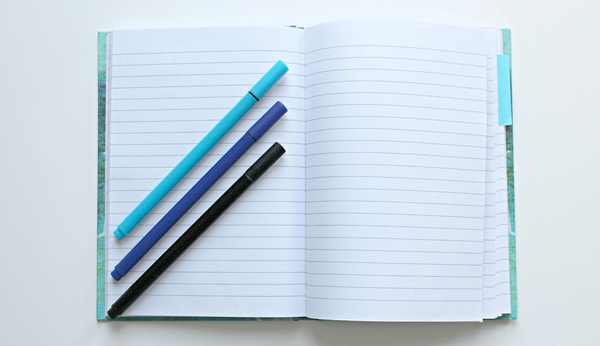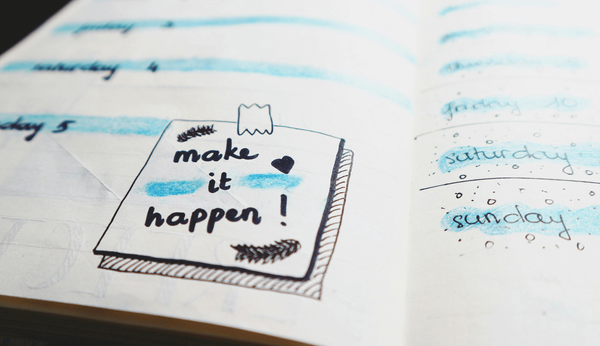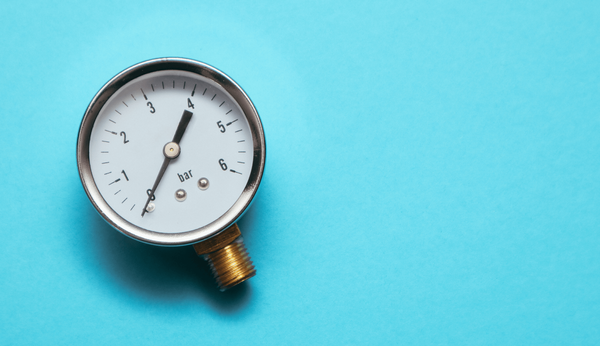People talk a lot about risk. There are many types of risk: health risks, environmental risks, security risk. Risk is a very broad term that typically means the possibility of something bad happening. I want to redefine risk as simply an uncertain outcome. This post is the first of a two-part series focusing on two types of risk that can have a material impact on your money, namely personal risk and investment risk. I’m going to start with personal risk and how you can best prepare yourself in the face of uncertainty.
When most people think of risk they think of personal risks like a car accident or perhaps the risk of losing your job. Although many people engage in risky behaviour that increases the chances of a bad outcome, whether that’s driving fast, smoking or rock climbing, I want to focus on the aspects of personal risk that are outside our control and how to mitigate those risks.
A common error people make in thinking about risk is thinking that it won’t happen to them because it hasn’t happened to them before. This is known as present bias and is a well documented psychological phenomenon. The best way to prepare for personal risk is not to have to think about it, rather treat it as you would brushing your teeth - you just have to do it!
Here is a simple three-step process on how to deal with the personal risks in your life.
1. Make a list
Start by making a list of all the personal risks in your life. In addition to those already mentioned (a car accident, losing your job) you might include accidental death, a serious illness, losing your cellphone, your house burning down or getting robbed. Now, next to each item I want you to estimate the monetary impact of that risk. For example, how much would it cost to replace your cellphone or rebuild your house if it burnt down. For risks that would impact your ability to earn an income, you could sum up your monthly income for the number of months you think you might be off work. And for risks relating to your death, think about the cost of a decent funeral or perhaps the amount outstanding on your home loan. These figures don’t need to be accurate but they should be realistic.
Once you’ve got your list of personal risks and their cost estimates. I want you to mark off all those risks that you might be able to handle by yourself if you made adequate preparations (like setting up an emergency fund). It’s important here to not sell yourself short. By that I mean, just because you don’t have an emergency fund now, doesn’t mean that you aren’t able to do so.
2. Invest to protect
Now that you’ve got your list of risks that you’ve assigned to yourself, group those risks that could be covered by an emergency fund and those risks which are going to need a dedicated investment plan.
Pro tip: have at least 3 to 6 months income invested in a cash fund (money market or fixed income) that they can access within 1-3 days in case of emergency.
A common “invest to protect” investment goal is a funeral. Now, although this may strike some people as odd, let me explain by way of example. Let's say you're 30 years old and it’s important to you and your family to have a decent funeral and to help the people who depend on you if you were to die. You estimate the cost of that risk to be R50,000. Now, although you may only have R10,000 in savings right now you could achieve an investment goal with R50,000 as a target if you put your mind to it.
Using an investment projection tool you could figure out how much you would need to invest every month in order to achieve your investment target. In this example, if you invested R500 per month it would take you just over 6 years to achieve your target of R50,000. And the best part, once you’ve achieved your target that investment will continue to grow - that is the beauty of compound growth and the invest-to-protect strategy.
The reason why I think investing to protect is so important, particularly when it comes to funerals, is because the cost of a funeral policy is about a hundred times more expensive than a typical life policy on a risk-adjusted basis. To put this into perspective, if I told you the price of a single apple was R5 whereas the price of a box of 100 apples was R5, would you buy a single apple? Of course not!
I’m not saying that all funeral policies are a bad idea. All I’m saying is that you should think carefully about what you insure. For example, you could take out a funeral policy only for the first few years while you are investing towards your R50,000 goal just to make doubly sure that you are covered while you’re still working towards your target. This brings me onto the last piece of advice.
3. Insure the rest
Buying insurance is always a painful experience, at least for me. I’m not investing nor am I getting something I can taste or touch for my hard earned cash that goes to the insurer. Instead I’m buying a promise that the insurer will pay if something specific happens. And let’s not mention the typical painful claims process you have to go through to get paid out! Nevertheless, once you’ve identified what personal risks are outside of your invest-to-protect capacity you should just shop around (get at least 3 quotes) for the best deal you can find from a reputable insurer.
Once you’ve bought your policies, don’t forget you can always go back to your insurer and ask them to reprice as your exposure changes. For example, the value of your car will deteriorate every year, as will the outstanding amount on your home loan. So make sure you’re only covering what you need to.
Pro tip: if your insurer won’t reprice your policy, get a new quote from the second-best offer you received initially and use that to negotiate a better premium.










